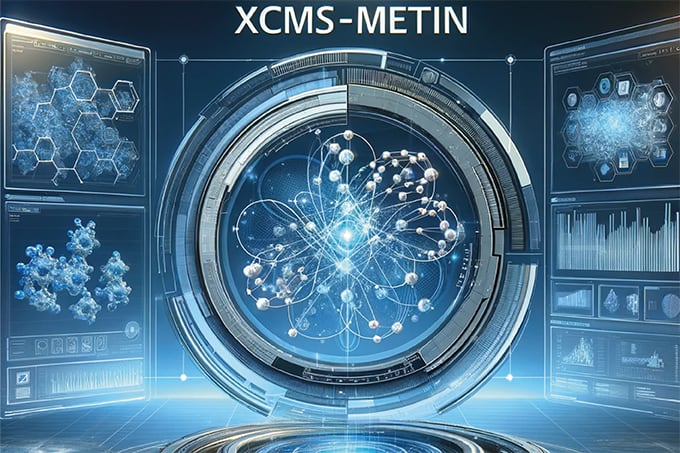
6 – Smart Subtract
Probability-based subtraction for GC-MS and GC×GC-MS data
Produced by SepSolve Analytical
Smart Subtract uses a probability-based approach to reveal meaningful differences between GC-MS or GC×GC-MS chromatograms. By suppressing minor fluctuations, it generates clean subtracted chromatograms that highlight only significant changes while retaining full spectral information for downstream processing. The tool integrates with existing workflows for library searching and reporting – supporting fast, informed decision-making in sectors such as petrochemicals, flavors and fragrances, and recycling, where immediate detection of contaminants, off‑odors, or formulation deviations is critical.
What the judges say…
“Smart use of AI technology.”
Insights from the SepSolve Team
Analytical scientists are frequently challenged with the question, “What’s different between these two samples?” Whether identifying odour taints, investigating product quality issues, or comparing failed and successful batches, they are often under pressure to deliver clear, actionable insights. Smart Subtract was designed specifically for these scenarios – enabling analysts to quickly pinpoint differences between samples, implement corrective actions, and prevent future occurrences.
Pete Grosshans, Principal Scientist at SepSolve Analytical, leads the company’s algorithm development initiatives, including Smart Subtract. Pete explains the challenge that his development group faced: “Direct (or naïve) subtraction of two chromatographic datafiles never gives the straightforward results we expect. To generate meaningful subtractions, we had to understand and overcome the mechanisms that cause subtraction to fail.” In practice, naïve subtraction is dominated by small relative differences between intense chromatographic peaks rather than highlighting the larger, more significant differences between less intense peaks – precisely the insights analysts need.
Drawing inspiration from the work of Professor Synovec’s group at the University of Washington, the SepSolve team – also behind ChromCompare+, the company’s chemometrics platform – approached the problem using advanced signal-processing and statistical techniques. Their prior experience in minimizing false positives within ChromCompare+ proved invaluable. In fact, the concept for Smart Subtract was born while addressing what initially appeared to be an unrelated challenge within that project. Development advanced rapidly; even the earliest results delivered remarkably simplified chromatograms and high-quality mass spectra.
Collaboration also played a key role in refining the technology. Beta testers, including experienced researchers from major chemical companies, provided essential feedback from real-world applications, ensuring that the software met both analytical and business needs. This close partnership between laboratory innovation and end-user priorities helped shape Smart Subtract into a practical, high-impact solution.
Looking ahead, Pete and his team are now exploring opportunities to extend Smart Subtract beyond GC-MS, adapting its algorithms for use across a broader range of analytical platforms.




